Economic growth is the third quarter was known to be depressed, but the Office for National Statistics (ONS) has this morning upped its estimate of the retreat in GDP for the third quarter, from a fall of 0.2 per cent to a drop of 0.3 per cent. That need not be too alarming in itself – September was always going to be a difficult month owing to the period of mourning for the Queen and the extra bank holiday for her funeral. The ONS has already reported its first estimate that growth in October rebounded by 0.5 per cent.
But it is the detail which is more concerning. While the service sector in the third quarter managed to inch upwards by 0.1 per cent, the production sector fell by a whacking 2.5 per cent, with all 13 sub-sectors of manufacturing falling. It is remarkable that this occurred at a time when the pound was especially weak – which should have driven growth in manufacturing by making UK exports look relatively attractive.
It is a sign that Britain’s long industrial decline continues apace, in spite of the post-pandemic drive to shorten supply chains. Needless to say, high energy prices have impacted severely on the manufacturing sector – something which is true across Europe. In Germany, factories have been closing in order to conserve gas for domestic customers. Paradoxically, while endless Covid lockdowns were supposed to cause long-term harm to the Chinese economy and lead to a repatriation of manufacturing, the trend is suddenly going back in the other direction – and strengthening. German industrial giant BASF recently announced that it was no longer seeking to expand operations in Europe, citing high energy prices. Meanwhile, it is investing £10 billion in a new chemicals plant in China. It is a trend which is only likely to continue as Europe (Britain included) constrains itself with legally-binding Net Zero targets – something which neither China nor the US have done.
Today’s ONS release also revealed that real disposable income in the third quarter fell by 0.5 per cent. The one piece of good news is that households do appear to be managing to save more money – the household savings ratio rose from 6.7 per cent to 9.0 per cent in the quarter. If people are paying off debts and saving more, they should have the financial resources to stimulate a return to growth in the not-too-distant future.
But when? For what it is worth – which almost certainly isn’t much – the Treasury also published this morning an analysis of 15 independent economic forecasters’ predictions for GDP growth in 2023. The average forecast comes out at minus 0.8 per cent – which is significantly better than the Bank of England’s forecast of minus 1.9 per cent.
Given that the Bank of England bases its interest rate decisions partly on its predictions for GDP, its relatively dismal forecast should be noted. If the bank is wrong and the independent forecasters right, presumably interest rates will have to rise by a little more than the Bank is currently projecting.
Got something to add? Join the discussion and comment below.
Get 10 issues for just $10
Subscribe to The Spectator Australia today for the next 10 magazine issues, plus full online access, for just $10.


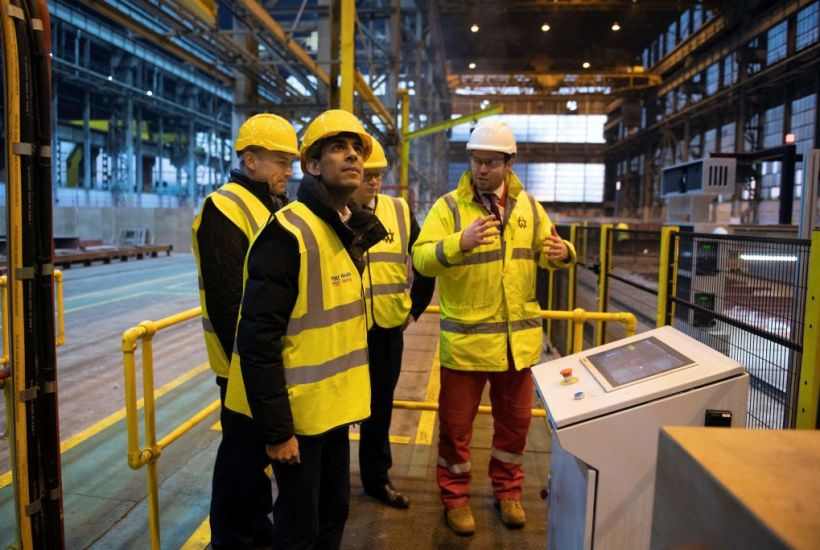
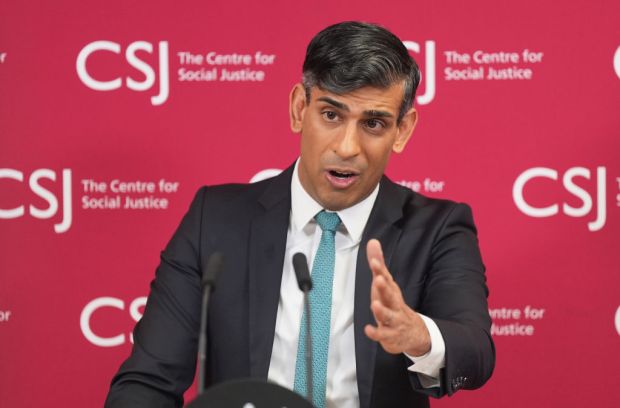
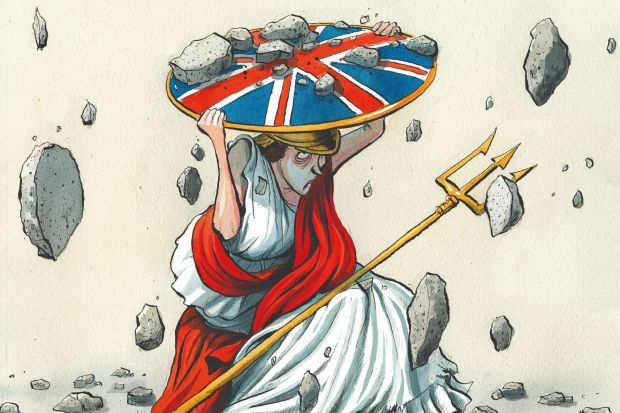

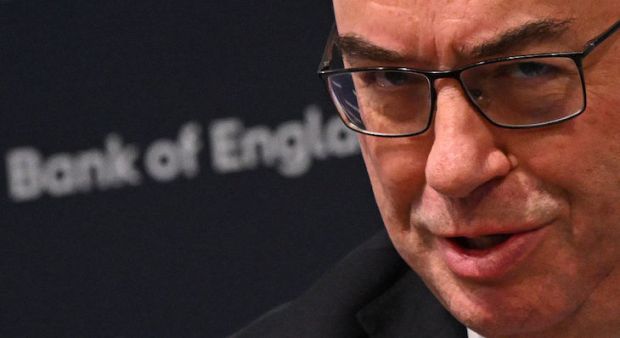



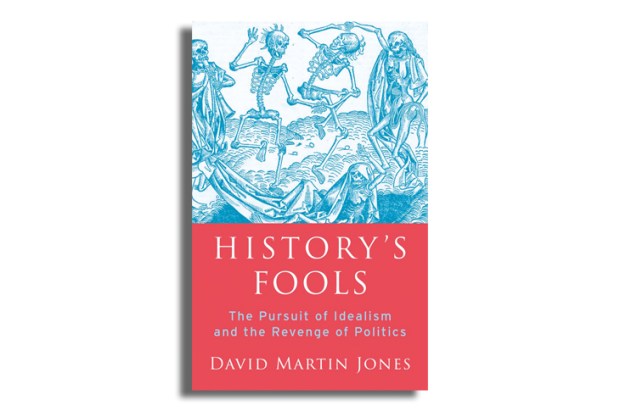




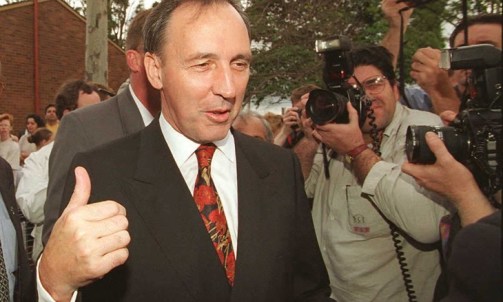





Comments
Don't miss out
Join the conversation with other Spectator Australia readers. Subscribe to leave a comment.
SUBSCRIBEAlready a subscriber? Log in